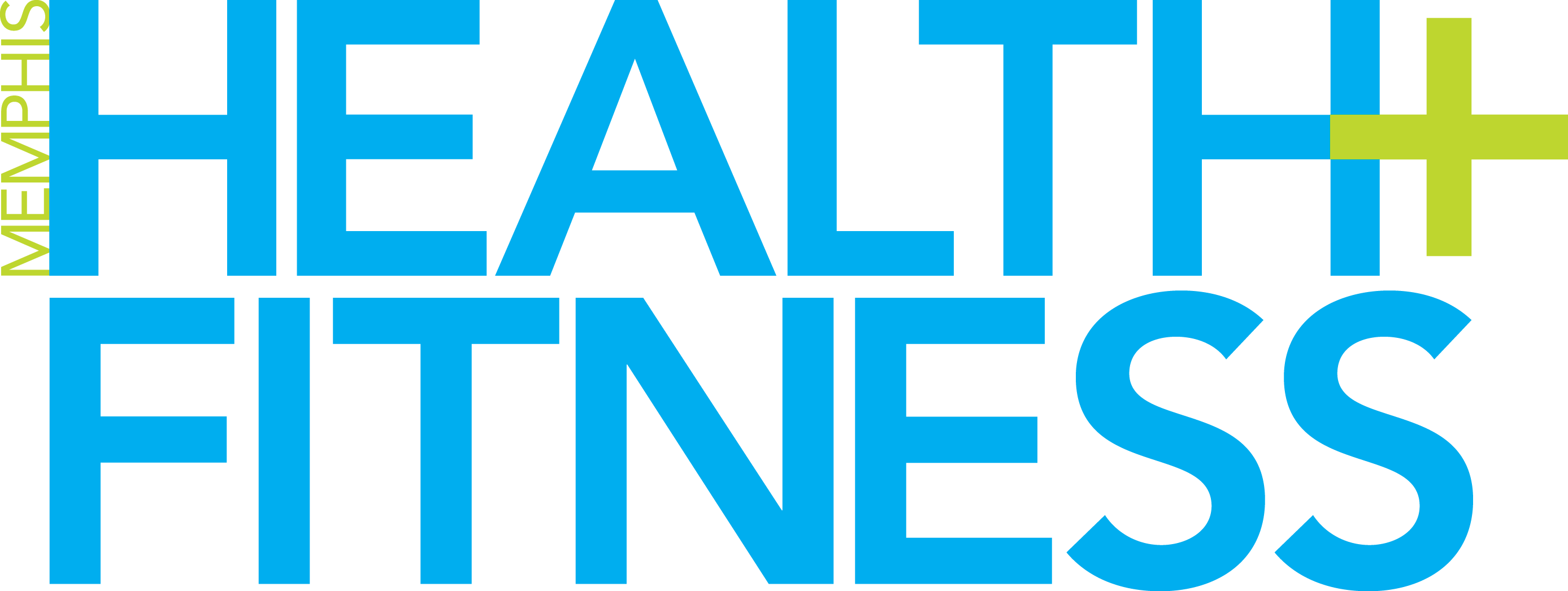Bodies change over time, because of time, and due to life experiences; therefore, different nutrition needs arise to help ensure quantity AND quality of life with aging. Prepare for physiologic and metabolic changes by arming yourself with the following strategies to help you live your best life in the years to come:
1. Anticipate Body Change
Not only is it normal for your body to be a different size from when you graduated high school, got married, or had kids, but these changes can be protective. For example, during menopause, hormonal shifts increase the size of fat cells surrounding a woman’s reproductive organs. These fat cells produce estrogen to help offset the shutdown of the ovaries, a natural process that decreases the risk for osteoporosis and helps manage the symptoms of menopause. For these reasons, clinical psychologist Margo Maine, PhD, FAED, CEDS, encourages women to shift the way they nickname their midsection from “spare tire” to “life preserver.“ Though easier said than done, it’s high time to let go of our culture’s obsession with thinness, letting weight be a byproduct of being kind to your body and caring for yourself. Don’t let restrictions in the name of weight management put you at risk for fractures, frailty, or a weakened immune system. Expectations are everything! Bodies are dynamic, and anticipating changes in your shape and size throughout life can make a huge difference in your mental and physical quality of life.
2. Embrace Intuitive Eating
A self-care eating framework created by Registered Dietitians Evelyn Tribole and Elyse Resch, Intuitive Eating comes in especially handy as the seasons of life change, creating a need to adjust and adapt to our body’s changing needs. Though Intuitive Eating is our default mode, it goes against nearly everything our diet-saturated culture teaches about weight, bodies, and nutrition. The principles support longevity and health while acknowledging the importance of living a little…in other words, honoring food preferences and advocating for the least restrictive diet possible.
3. Bolster your Bone Health
Keep your bones strong and healthy as you age with two of the most important nutrients for bone health: Calcium and Vitamin D.
Keys to consuming enough calcium:
Find a food-first approach that works for you. Dairy products are excellent sources of calcium, and non-dairy sources include fortified plant-based beverages, fortified juices and cereals, dark leafy greens, sardines, salmon, calcium-set tofu, soybeans, almond butter, and tempeh.
For optimal absorption, spread your intake of calcium-rich foods throughout the day.
Navigate lactose intolerance like a pro by choosing lactose-free dairy products, taking a lactase supplement before consuming dairy, or choosing calcium-fortified dairy alternatives.
Calcium needs increase after age 50, which may make meeting your needs more challenging. Consider supplements to fill in gaps on days when calcium intake is lower.
There are three ways to get vitamin D: the sun, through food and drinks, or with supplements. Very few foods naturally have vitamin D; therefore, fortified foods and drinks provide most of the vitamin D in our diets.
4. Dig Into Nutrient-Dense Foods
Studies show that micronutrient deficiencies tend to worsen with age due to malabsorption, poor nutrient utilization, medications, decreased appetite, and inability to perform activities of daily living such as meal preparation. Instead of subtracting, focus on foods you can add. There are no “magic foods,” but choosing foods like fruits, vegetables, whole grains, and nourishing fats will pack a nutritional punch of fiber, antioxidants, and essential nutrients to support digestion, disease prevention, and overall health.
5. Pick Protein at Each Meal
Newer research suggests that redistributing protein intake more evenly throughout the day may support muscle protein synthesis and blood sugar control while leading to more balanced meals. If you’re in a pattern of eating a morning bagel, lunch salad, and waiting to enjoy most of your protein at dinner, you’re not alone! Try adding eggs and a sprinkle of cheese to breakfast and chicken breast and nuts to your mid-day salad for added satiety and sarcopenia prevention.
6. Train and Maintain
Age-related sarcopenia, bone loss, and changes in body composition can contribute to and accelerate disability. Physical activity is important for strengthening and/or maintaining lean body mass, preserving bone health, boosting metabolism, supporting the heart and lungs, and regulating blood sugar levels. The “gold standard” when it comes to movement is finding something you enjoy that keeps you active, agile, and strong.
Getting older is a normal, natural part of life. Reach out to the Registered Dietitians at Memphis Nutrition Group for more empowering strategies for living your most vibrant, active, and healthy life.
By Blair Mize, MS, RDN, CSSD, LDN, CEDS-C
Six Healthy Habits for Longevity







